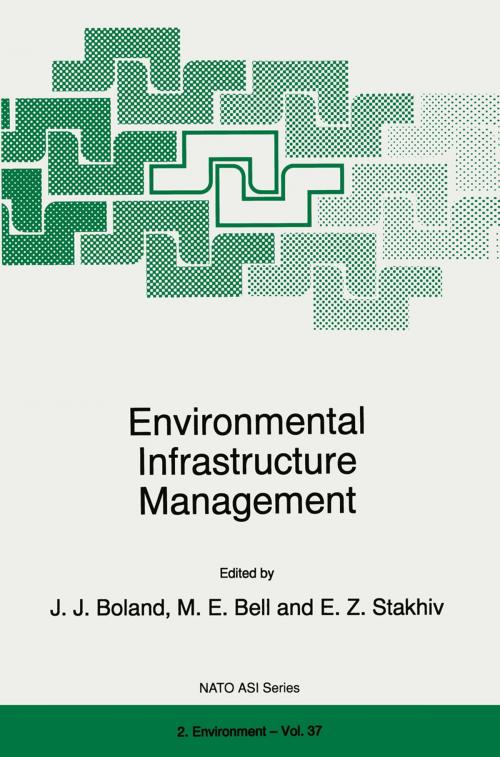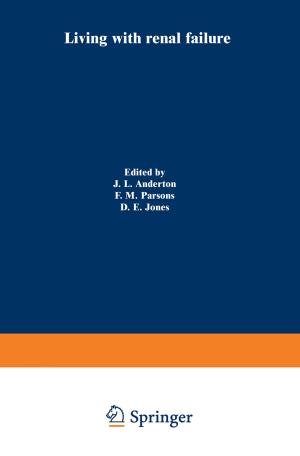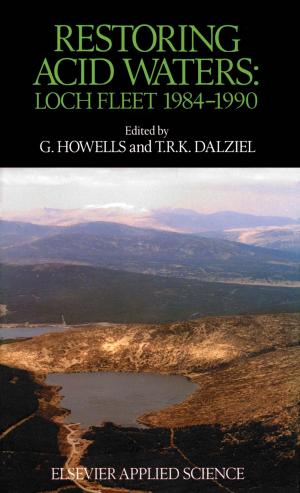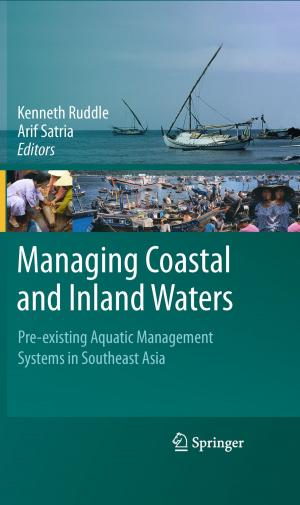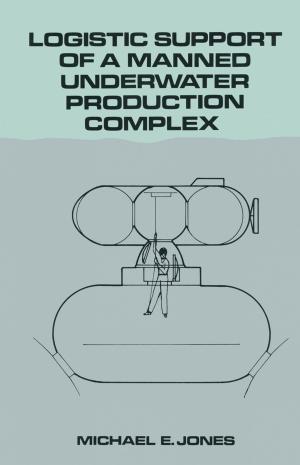Environmental Infrastructure Management
Business & Finance, Management & Leadership, Management, Economics| Author: | ISBN: | 9789401588416 | |
| Publisher: | Springer Netherlands | Publication: | June 29, 2013 |
| Imprint: | Springer | Language: | English |
| Author: | |
| ISBN: | 9789401588416 |
| Publisher: | Springer Netherlands |
| Publication: | June 29, 2013 |
| Imprint: | Springer |
| Language: | English |
Environmental issues continue to burden governments and economies throughout the post-communist countries of Central and Eastern Europe and the newly independent states of the former Soviet Union. Severe environmental degradation is endemic to the region, the existing environmental infrastructure is often inadequate, significant new investment is perhaps decades away, and there is little knowledge of advanced techniques for impact assessment, project evaluation, and project financing.
The first two papers of Environmental Infrastructure Management survey available cost-effective technology for solid waste treatment and air pollution control, providing guidance for possible incremental additions to existing infrastructure. There is also a discussion of transferable pollution credits as an instrument in regulating air quality. The discussion of economic incentives also embraces user fees and other pollution control instruments.
A range of methods is presented for the evaluation and comparison of alternative projects where data are poor or scarce. Canadian experience with specific capital budgeting techniques is given comprehensive attention. Debt financing strategies are addressed in the context of present-day Ukraine. Finally, an outline is given of a general framework for making decisions about environmental projects, including the use of environmental impact assessments.
Environmental issues continue to burden governments and economies throughout the post-communist countries of Central and Eastern Europe and the newly independent states of the former Soviet Union. Severe environmental degradation is endemic to the region, the existing environmental infrastructure is often inadequate, significant new investment is perhaps decades away, and there is little knowledge of advanced techniques for impact assessment, project evaluation, and project financing.
The first two papers of Environmental Infrastructure Management survey available cost-effective technology for solid waste treatment and air pollution control, providing guidance for possible incremental additions to existing infrastructure. There is also a discussion of transferable pollution credits as an instrument in regulating air quality. The discussion of economic incentives also embraces user fees and other pollution control instruments.
A range of methods is presented for the evaluation and comparison of alternative projects where data are poor or scarce. Canadian experience with specific capital budgeting techniques is given comprehensive attention. Debt financing strategies are addressed in the context of present-day Ukraine. Finally, an outline is given of a general framework for making decisions about environmental projects, including the use of environmental impact assessments.
